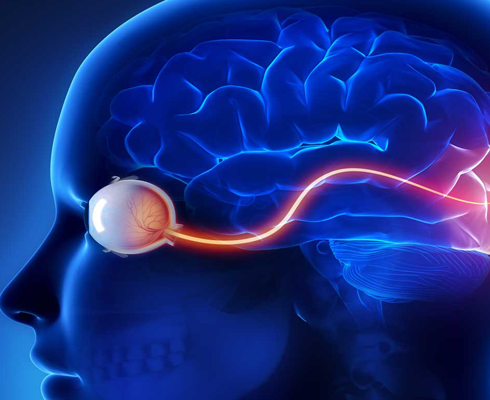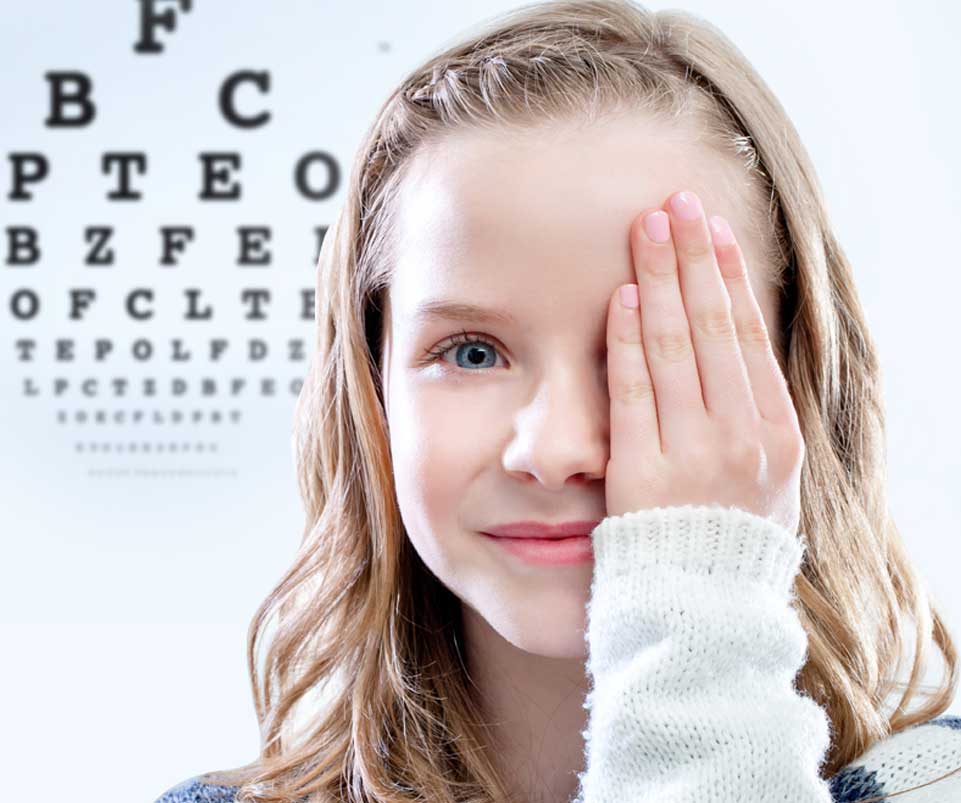Neuro-Ophthalmology

An academically-oriented subspecialty that merges the fields of neurology and ophthalmology,
often dealing with complex systemic diseases that have manifestations in the visual system.
Neuro-ophthalmologists take care of visual problems that are related to the nervous system;
that is, visual problems that do not come from the eyes themselves.
We use almost half of the brain for vision-related activities, including sight and moving the eyes.
Neuro-ophthalmology, a subspecialty of both neurology and ophthalmology, requires specialized training
and expertise in problems of the eye, brain, nerves and muscles.
Neuro-ophthalmologists complete at least 5 years of clinical training after medical school and are usually
board certified in Neurology, Ophthalmology, or both.

The Visual Evoked Potential (VEP)
VEP measures the electrical responses generated at visual cortex in response to a visual stimulus with the help of electrodes. It is helpful in: Optic nerve disease, Cortical Blindness, Visual assessment in preschool children, Malingerers, Amblyopia A special type of flash VEP is helpful in cases with media opacity as a rough method to indicate that light is perceived.
The Electro-oculogram (EOG)
This test examines the function of the retinal pigment epithelial cells (RPE). When this layer is healthy a standing potential is established between the front and the back of the eye that responds to change in background illumination. The standing potential can be measured by measuring the voltage induced across a pair of electrodes put around the eye as the eye looks from side to side. The test is most useful for a hereditary retinal degeneration called Best's disease.
The Electro-Retinogram (ERG)
The ERG is the mass electrical response of retina in response to a bright flash of light and is recorded using corneal electrodes.
It reflects the function of the retinal photoreceptors (rods and cones) and the inner nuclear layers of retina. It is often useful for: -"
Diagnosing and predicting outcome of inherited retinal degeneration.
Early diagnosis of retinal degeneration in children with family history of inherited retinal degeneration.
Differentiating types of retinal degeneration (cone-rod, rod-cone type).
Prognosticating high risk characteristics in cases of central retinal vein occlusion.
Unexplained vision loss
What are the common types of neuro-ophthalmic diseases?
A few of the most common neuro-ophthalmic conditions are optic neuritis, ischemic optic neuropathy, compressive optic neuropathy (including pituitary tumors), papilledema, inflammatory and infectious optic neuropathies, cerebrovascular disorder involving vision, tumors involving vision, blephrospasm & hemifacial spasm, thyroid eye disease, myasthenia gravis, ocular motor disorders (including cranial nerve palsies), pupillary abnormalities, hereditary optic neuropathies and patients who have unexplained visual loss.
What are the common symptoms of neuro-ophthalmic diseases?
Symptoms that are more common in neuro-ophthalmic disease include visual loss, visual disturbance, diplopia, unequal pupils and eyelid and facial spasms.

 Dr Jacob's
Dr Jacob's  Book Now
Book Now